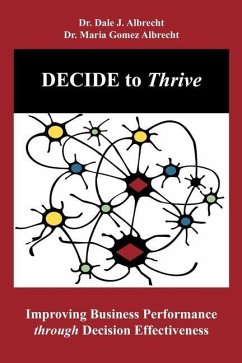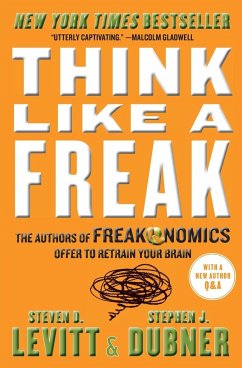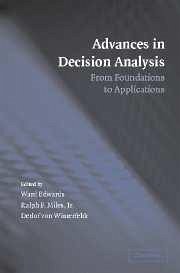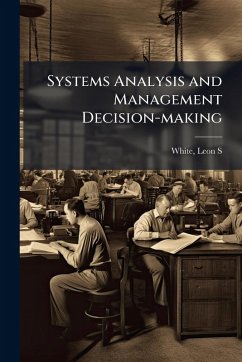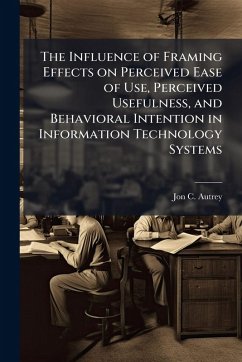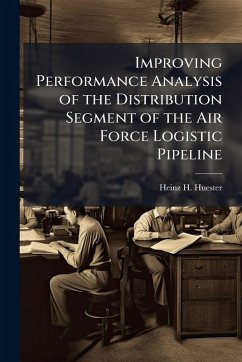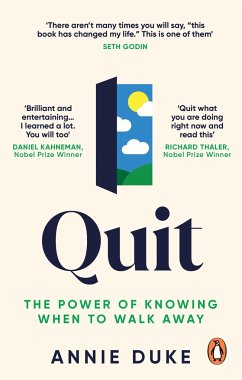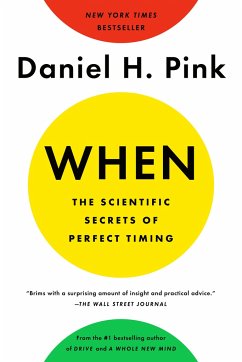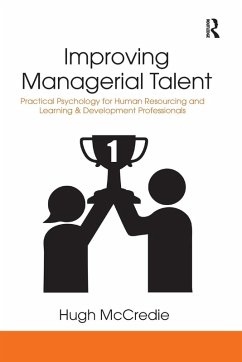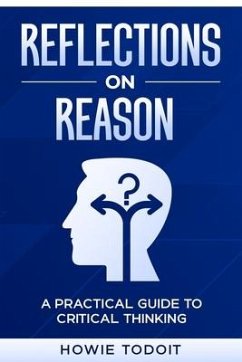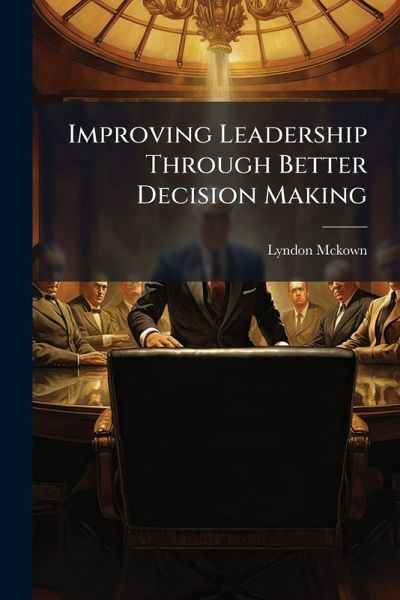
Improving Leadership Through Better Decision Making

PAYBACK Punkte
8 °P sammeln!
Critical thinking is presently an area of emphasis at the Air Force's Air Command and Staff College (ACSC). This project provides the background information and framework to assess ACSC's success at fulfilling its goal of fostering critical thinking. Along the way it answers four salient questions concerning critical thinking. First, why critical thinking is so vitally important for leaders today. The world's rapidly changing contextual factors and turbulent environment dictates that critical thinking be a necessary characteristic in leadership development. Secondly, the problem with defining ...
Critical thinking is presently an area of emphasis at the Air Force's Air Command and Staff College (ACSC). This project provides the background information and framework to assess ACSC's success at fulfilling its goal of fostering critical thinking. Along the way it answers four salient questions concerning critical thinking. First, why critical thinking is so vitally important for leaders today. The world's rapidly changing contextual factors and turbulent environment dictates that critical thinking be a necessary characteristic in leadership development. Secondly, the problem with defining exactly what is meant by the term critical thinking; The lack of a consensus on a precise definition is overcome by synthesizing a definition that contributes to the solution of the two remaining questions: how to assess critical thinking and how is critical thinking fostered? This work has been selected by scholars as being culturally important, and is part of the knowledge base of civilization as we know it. This work was reproduced from the original artifact, and remains as true to the original work as possible. Therefore, you will see the original copyright references, library stamps (as most of these works have been housed in our most important libraries around the world), and other notations in the work. This work is in the public domain in the United States of America, and possibly other nations. Within the United States, you may freely copy and distribute this work, as no entity (individual or corporate) has a copyright on the body of the work. As a reproduction of a historical artifact, this work may contain missing or blurred pages, poor pictures, errant marks, etc. Scholars believe, and we concur, that this work is important enough to be preserved, reproduced, and made generally available to the public. We appreciate your support of the preservation process, and thank you for being an important part of keeping this knowledge alive and relevant.



